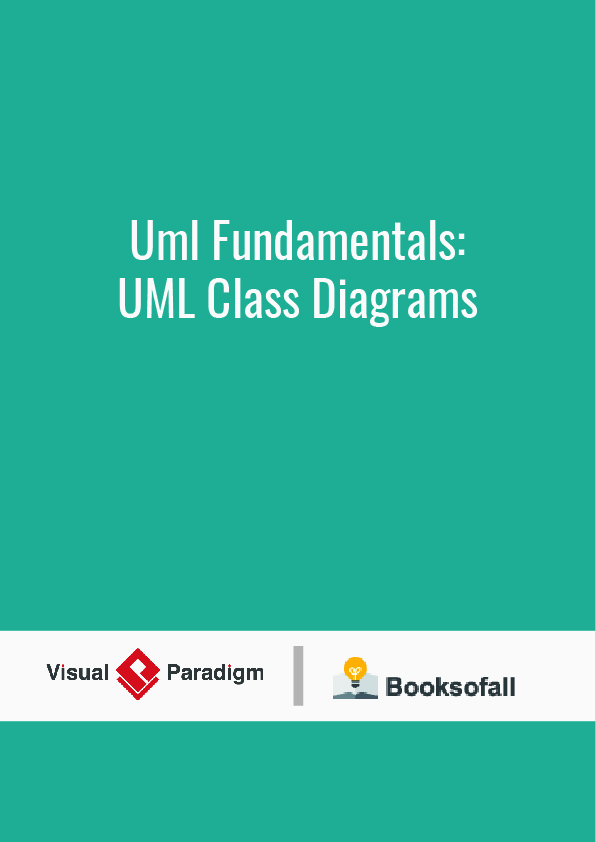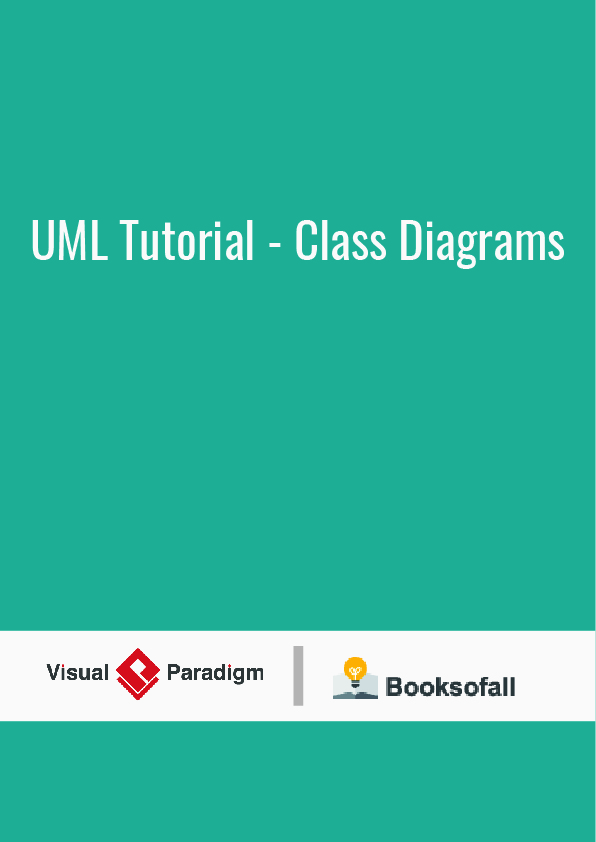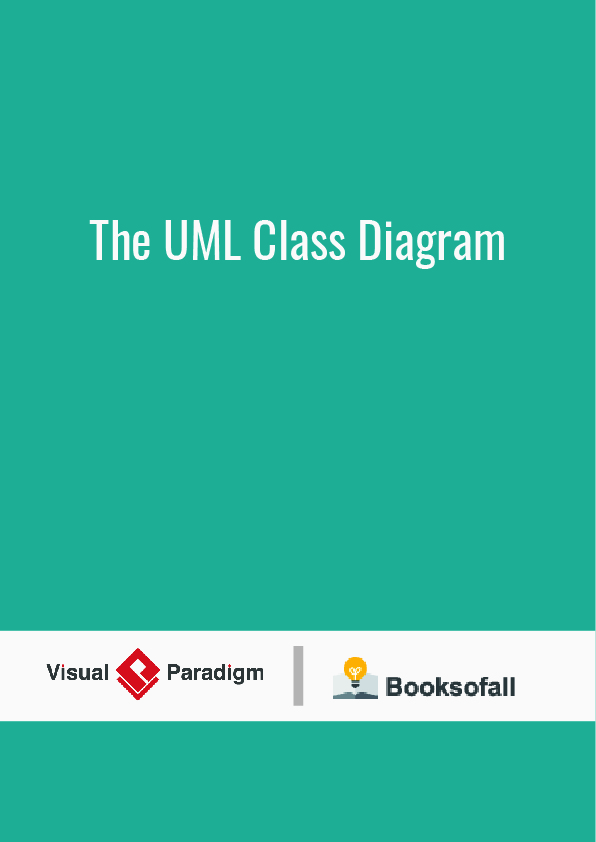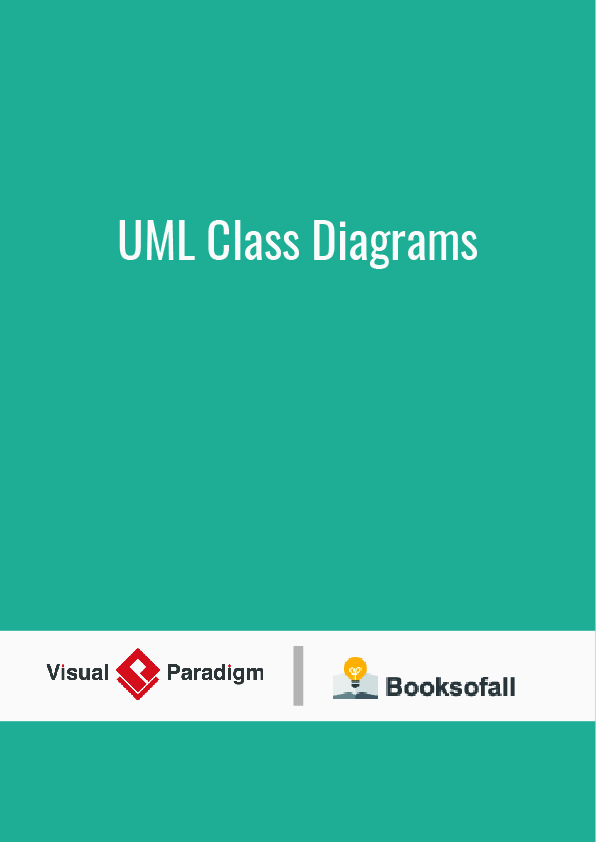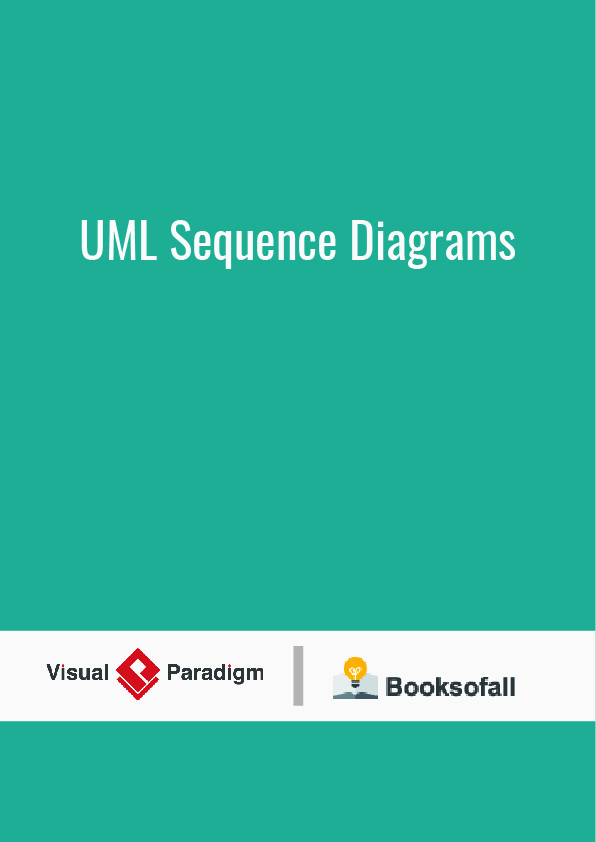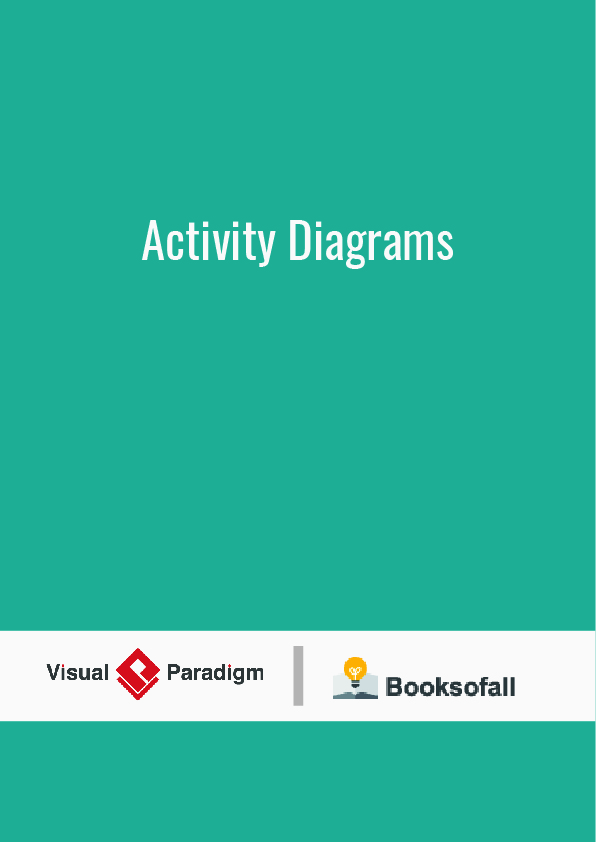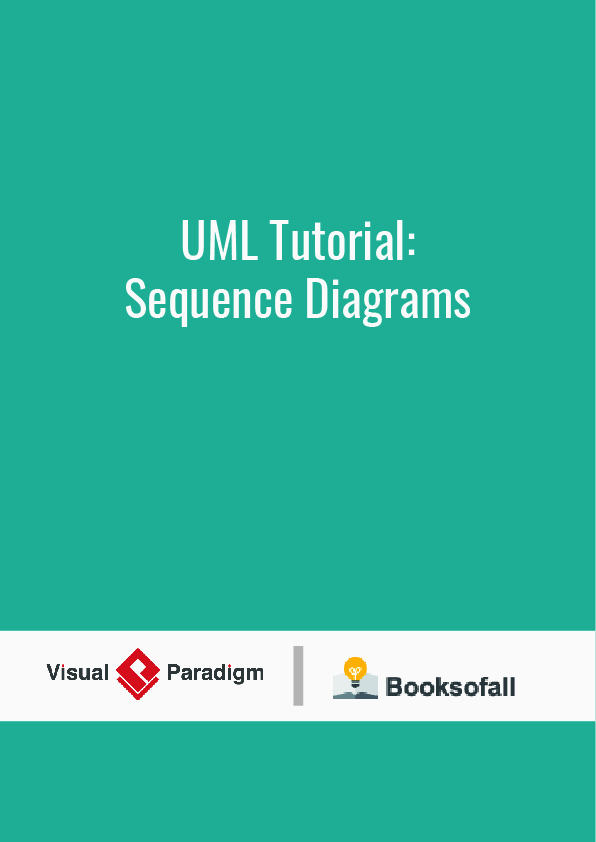The UML Class diagram provides information about the classes we are going to declare, their relationships with each other, their attributes and their operations. The UML Class diagram depicts the detailed static design of our object oriented planned software. A Class is represented with a rectangular box divided into compartments used for holding its name, its attributes and its operations.
An object is an instance of a class. Depicting an object in our diagram is done by drawing an empty rectangle and writing the object name + ‘:’ + its type and an underline. The underline will differentiate this depiction from a class description. A Class depiction doesn’t include the underline.
The Class Name
UML suggests that a class name should start with a capital letter, be centered in the top compartment, be written in a boldface font and be written in italics if the class is abstract.
In software engineering, a class diagram in the Unified Modeling Language (UML) is a type of static structure diagram that describes the structure of a system by showing the system’s classes, their attributes, operations (or methods), and the relationships among objects.
The class diagram is the main building block of object-oriented modeling. It is used for general conceptual modeling of the structure of the application, and for detailed modeling, translating the models into programming code. Class diagrams can also be used for data modeling. The classes in a class diagram represent both the main elements, interactions in the application, and the classes to be programmed.
In the diagram, classes are represented with boxes that contain three compartments:
- The top compartment contains the name of the class. It is printed in bold and centered, and the first letter is capitalized.
- The middle compartment contains the attributes of the class. They are left-aligned and the first letter is lowercase.
- The bottom compartment contains the operations the class can execute. They are also left-aligned and the first letter is lowercase.
In the design of a system, a number of classes are identified and grouped together in a class diagram that helps to determine the static relations between them. In detailed modeling, the classes of the conceptual design are often split into subclasses.
In order to further describe the behavior of systems, these class diagrams can be complemented by a state diagram or UML state machine.
Members
UML provides mechanisms to represent class members, such as attributes and methods, and additional information about them like constructors.
Scope
The UML specifies two types of scope for members: instance and class, and the latter is represented by underlined names.
- Instance members are scoped to a specific instance.
- Attribute values may vary between instances
- Method invocation may affect the instance’s state (i.e. change the instance’s attributes)
- Class members are commonly recognized as “static” in many programming languages. The scope is the class itself.
- Attribute values are equal for all instances
- Method invocation does not affect the classifier’s state
To indicate a classifier scope for a member, its name must be underlined. Otherwise, instance scope is assumed by default.
Relationships
A relationship is a general term covering the specific types of logical connections found on class and object diagrams. UML defines the following relationships:
